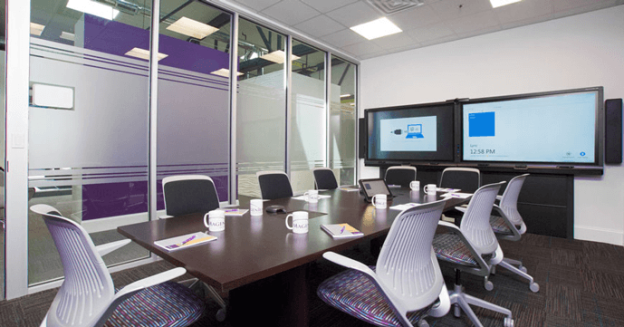Learning how to think clearly about situations or choices can seem like a daunting task. But it’s actually quite simple, once you understand the basic principles of thinking.
Because it can help you save time and use resources more effectively, making an informed decision can make you a more productive worker whether in the office or when you rent training room or rent classroom.
So, whether you’re looking to improve your decision-making skills or simply want to better understand what you’re doing when you make decisions, check out these classroom rental techniques:
How to Develop Decision-Making Skills
Make a plan
Make a strategy that can benefit you, know when you will soon need to make a decision. Consider the size of your team and each member’s specific ambitions while determining how best to have your team achieve a business sales goal, for instance.
You can also consider what tools and resources could aid in your team’s and your own success.
Practice
Use an anchor chart to practice the decision-making paradigm in your classroom. It can be used to solve a variety of pertinent classroom conundrums, such as how to resolve a peer quarrel or make the most of study hall time.
I’ve observed teachers use it while making decisions in groups, like where to go on the last field trip of the year. The steps are below if you are unfamiliar with the model.
- Find the issue or disagreement that has to be resolved.
- Assemble pertinent data.
- Create a list of potential answers.
- Determine any possible repercussions.
- Make a decision.
- Make a move!
Giving chance to practice making choices
Giving young people the freedom to choose for themselves encourages independence and equips them to make moral decisions. However, it’s crucial that they make the choice on their own.
Give them a few options that would all be fine with you, no matter which one they chose, to give them the power to make the proper choice.
By showing attention in the child’s option, you convey the idea that the child’s choice is significant and give them the confidence that they can make wise judgments.
Be Assertive
Take control of the decision-making process by yourself. To ensure a swift and effective conclusion, you may consider counselling a group on the benefits and drawbacks of each option and imposing time constraints.
This can speed up decision-making for everyone in a group setting and enhance productivity. By directing the group’s decision-making and outlining your favoured options, you could hone your strategic skills.
Promote
Encourage mindfulness Rarely is a decision made in haste good. Children won’t always have teachers or parents to remind them to take their time and think.
Providing them with a foundation in mindful thinking will position them for success when they must block out distractions, think critically about their options, and make the best decision possible.
Try experiments
You can use experiments to test your decisions using scientific models. Create an experiment that is similar to the choice you must make if you are unclear about the outcome or course of action.
You can construct your experiment protocols using strategy and study to anticipate a hypothesis.
Ask questions that promote astute decisions
What appeals to you about that? What distinguishes this as the finest choice? How would this operate?
These are all excellent illustrations of questions you could use to get thoughtful responses from your kids.
Young individuals can learn to make thoughtful decisions and understand that their decisions will have some form of effect or consequence.
Teaching sound decision-making techniques will equip the next generation to make wise decisions for their social, emotional, and physical health as they face the challenges of life as they approach maturity.
Conclusion
Children who learn how to make their own decisions are more autonomous, responsible, and self-assured. It promotes resilience and offers individuals a sense of control over their lives, which lowers their anxiety.
Additionally, it promotes self-discovery and aids in the development of their ideals.
If you like this article, you might want to read this article about 5 Hacks to Unlock Creativity in a Classroom Rental.









